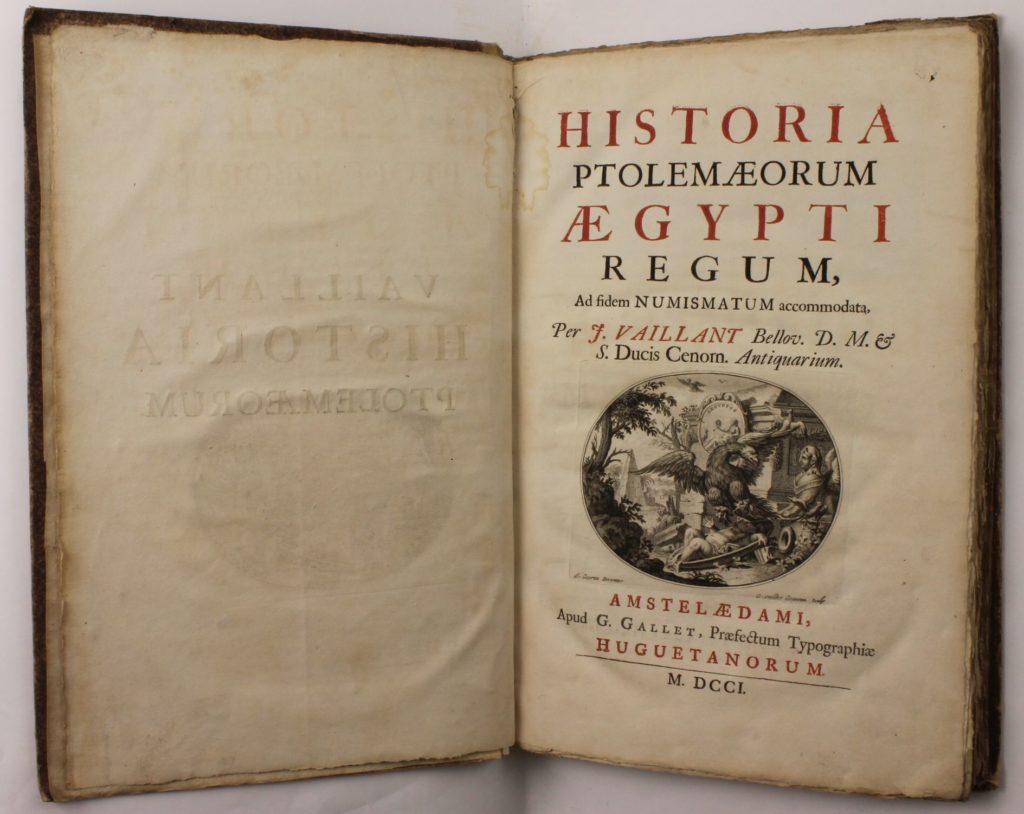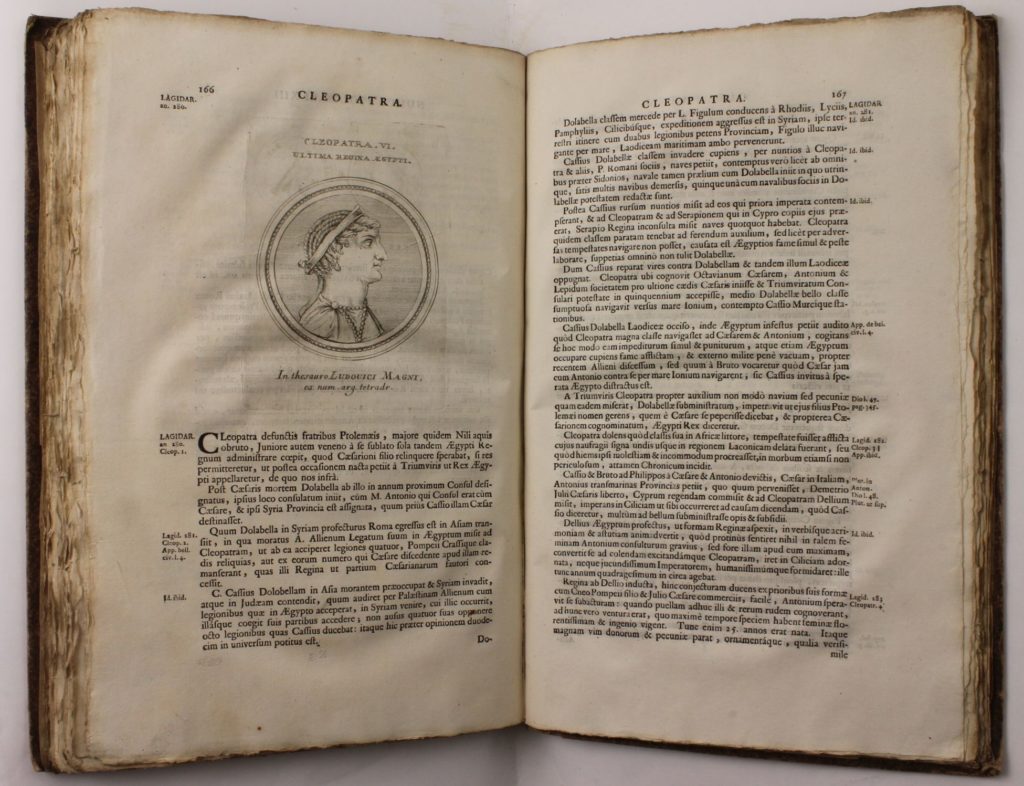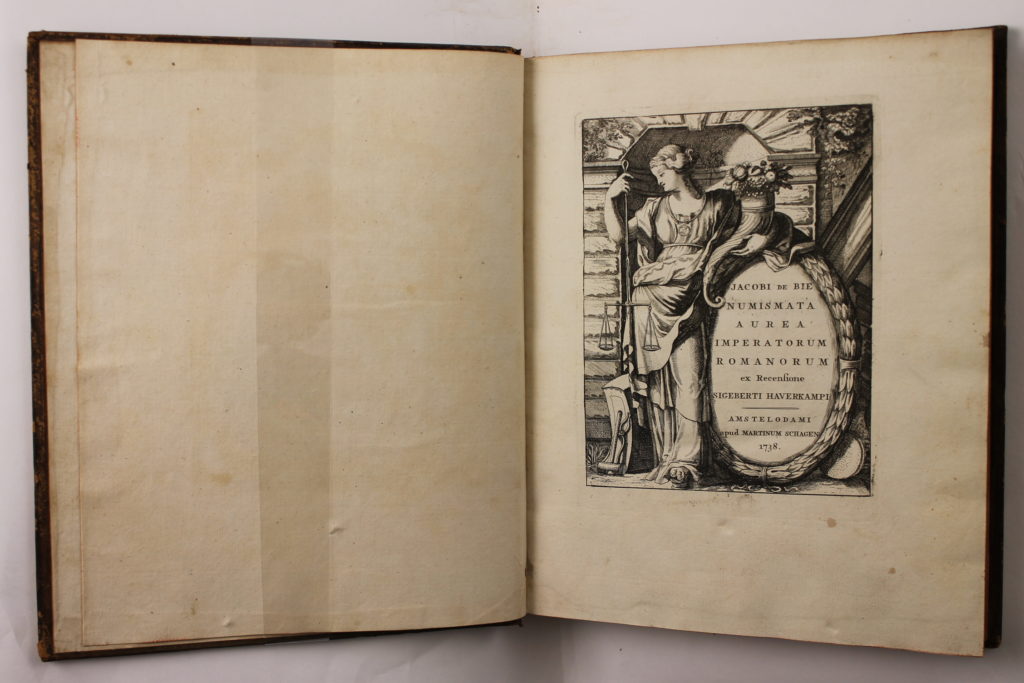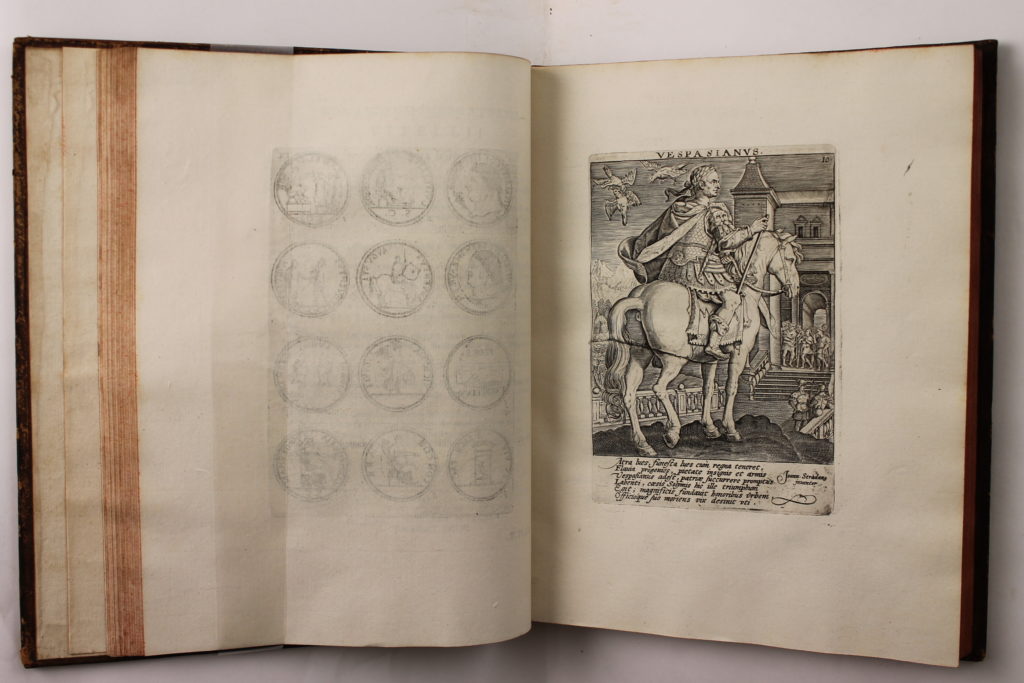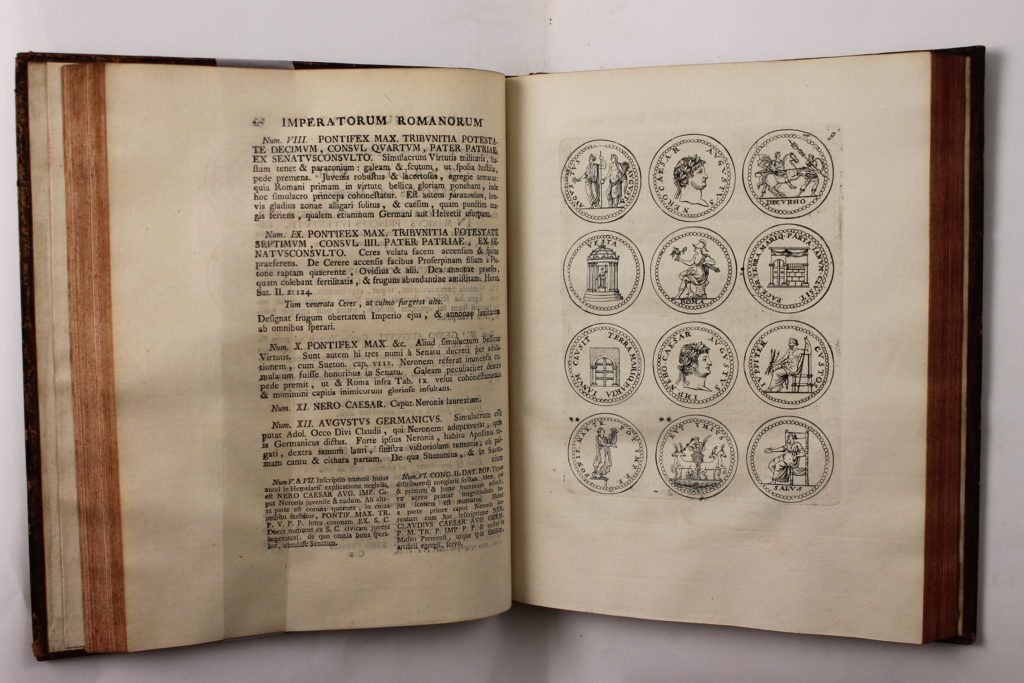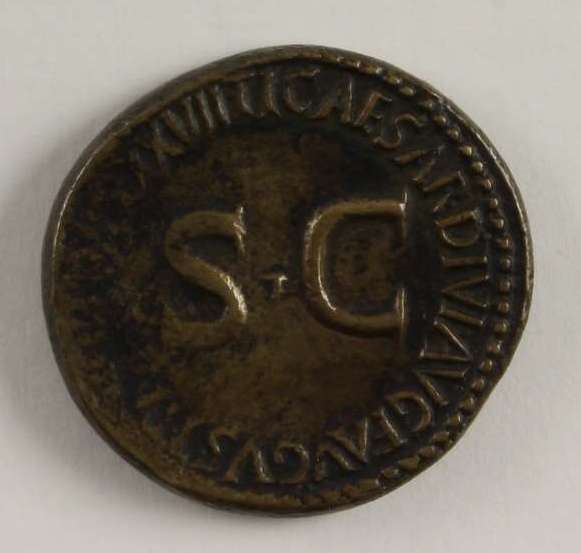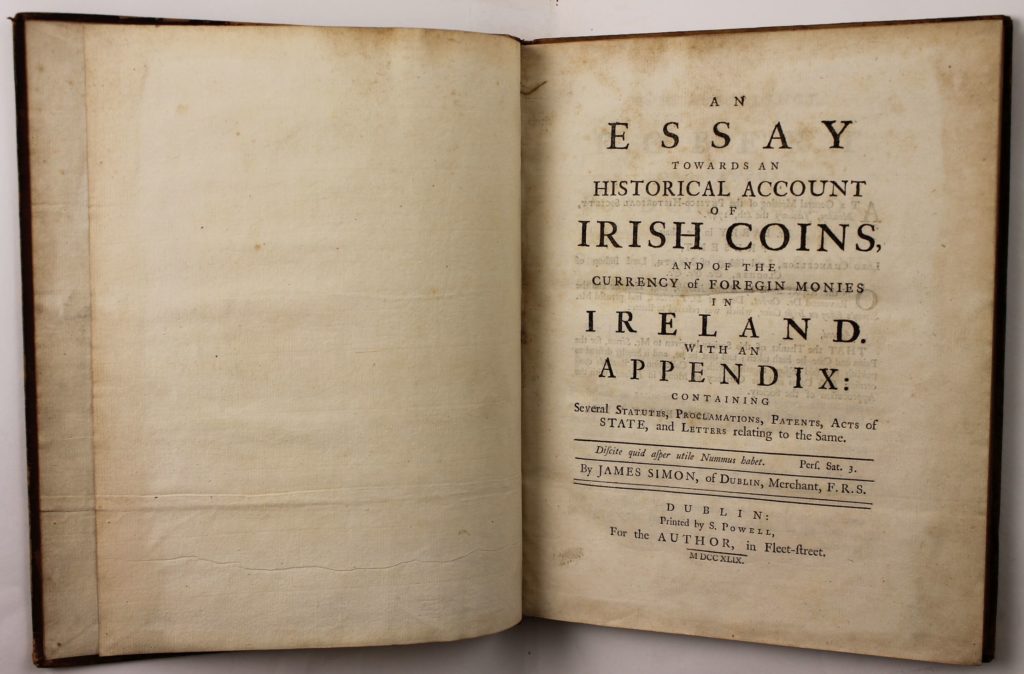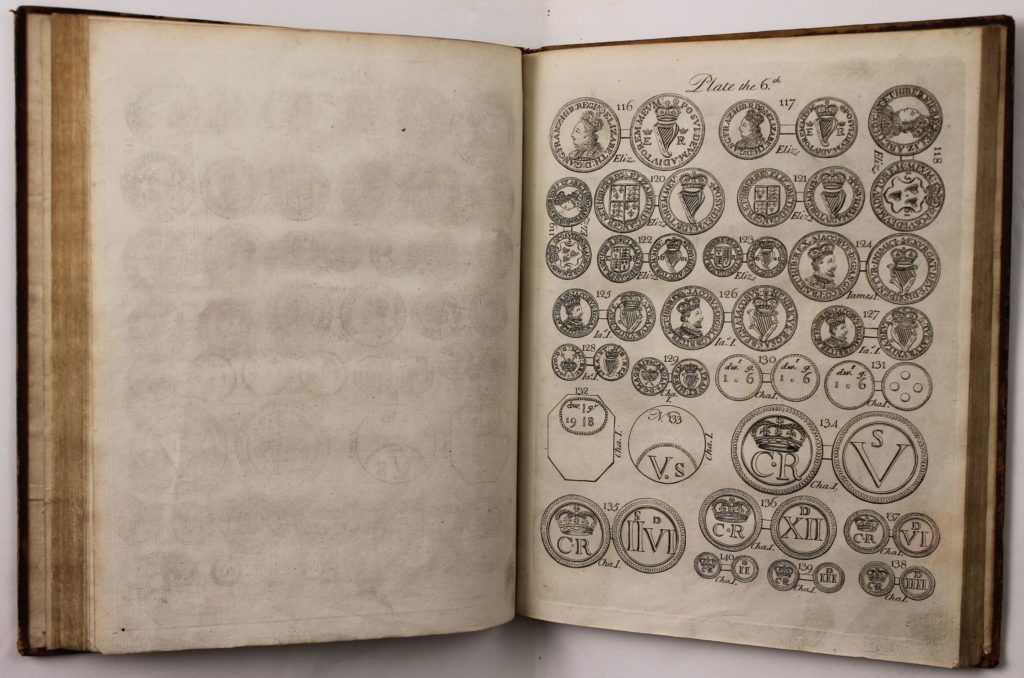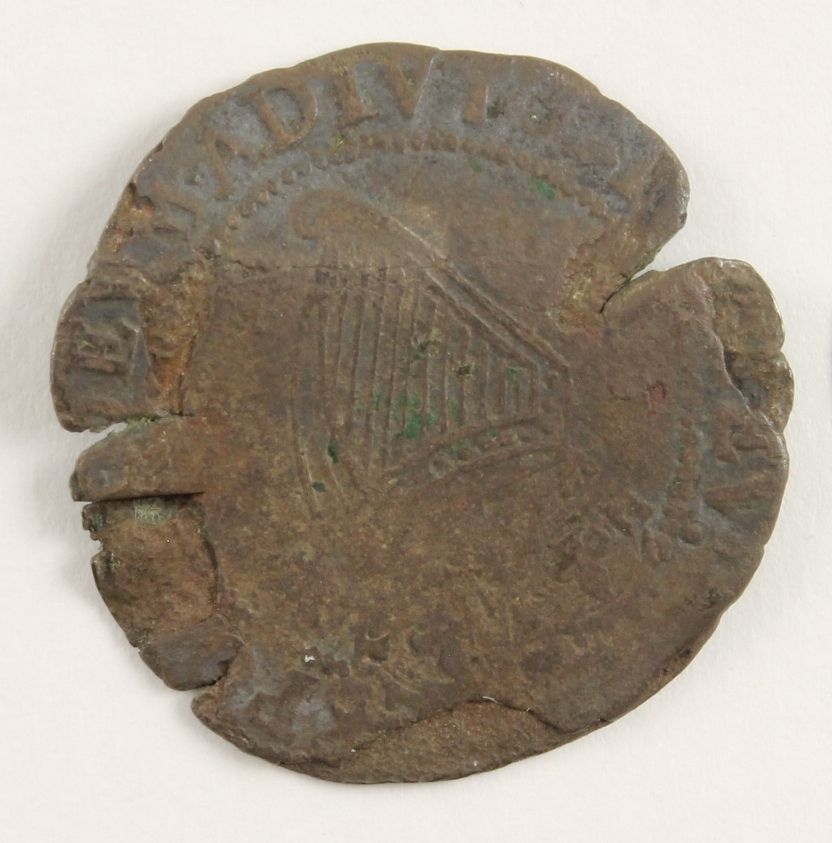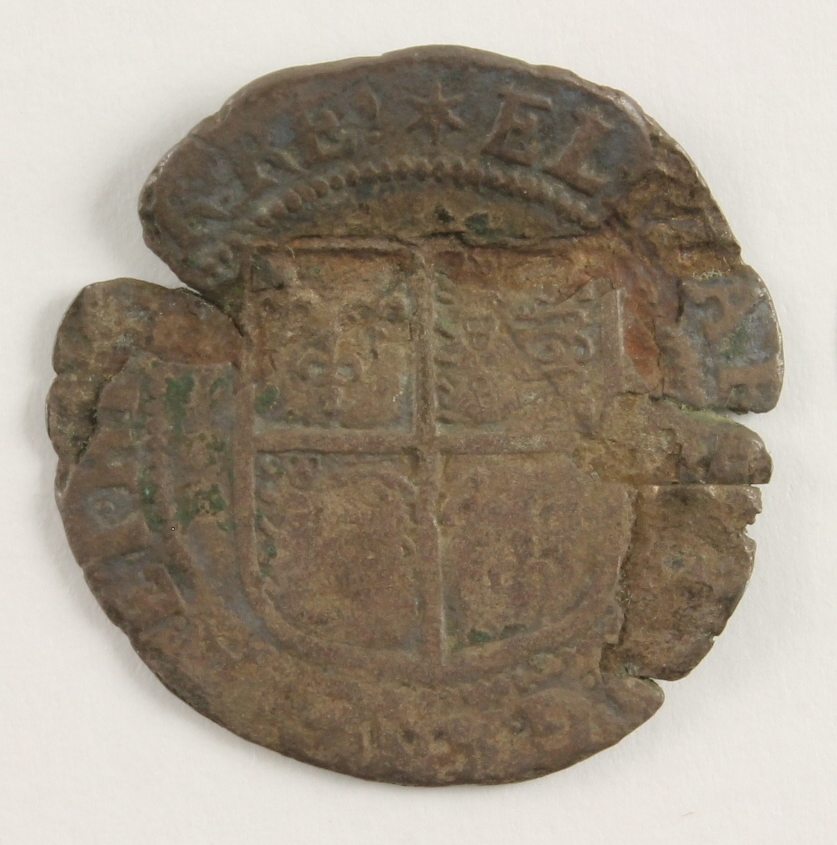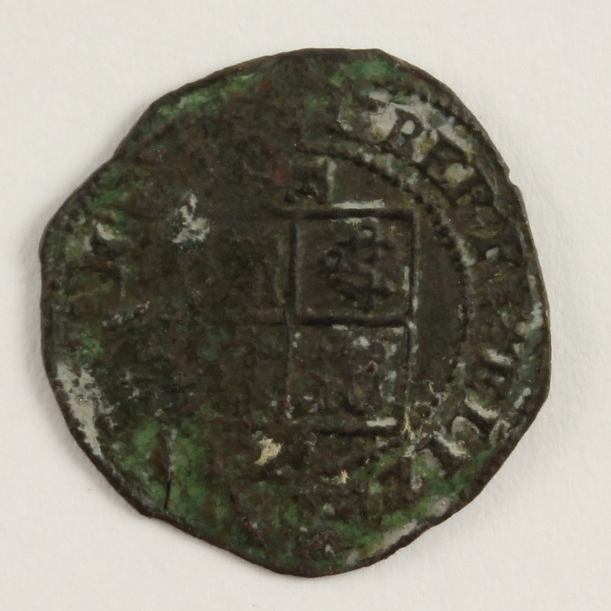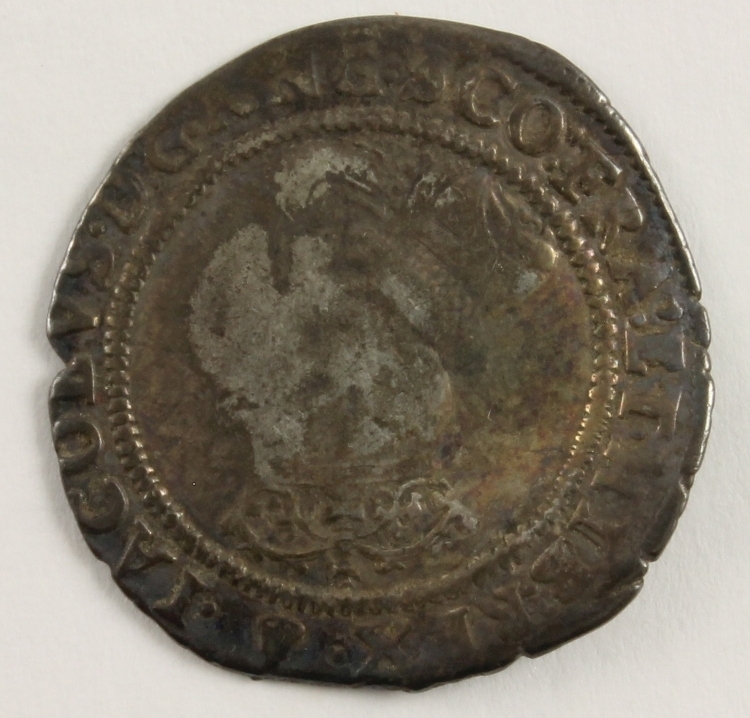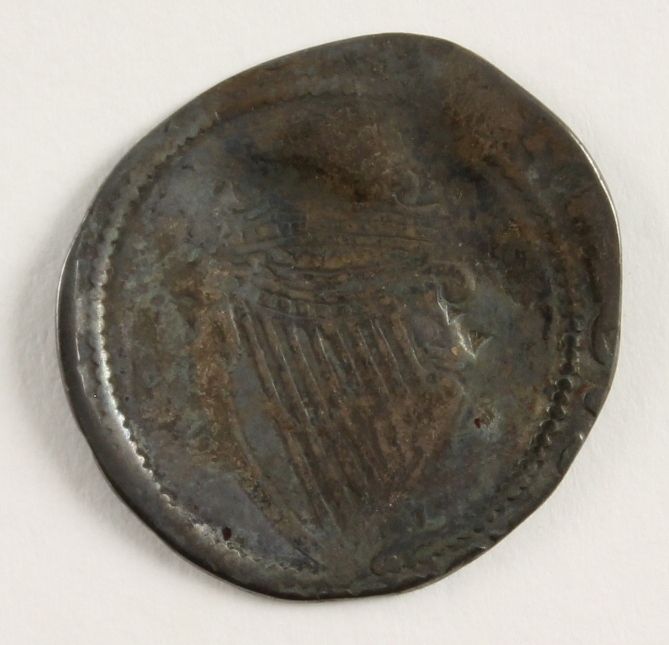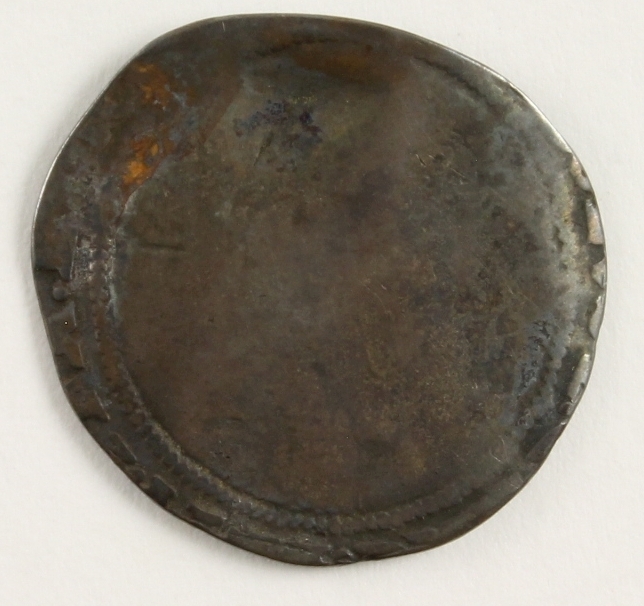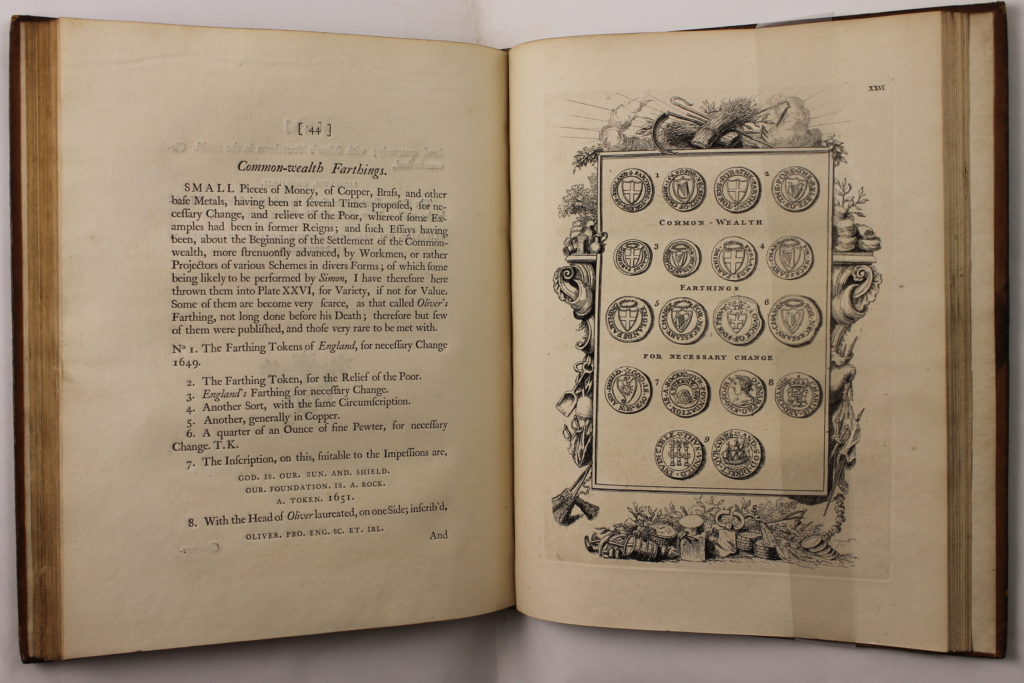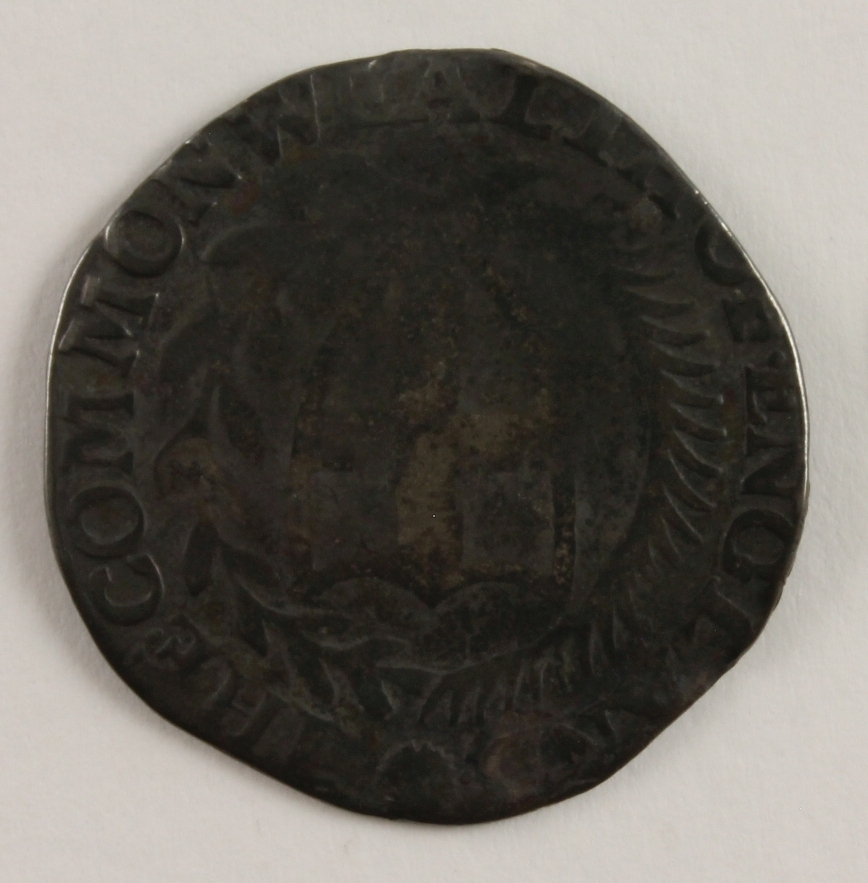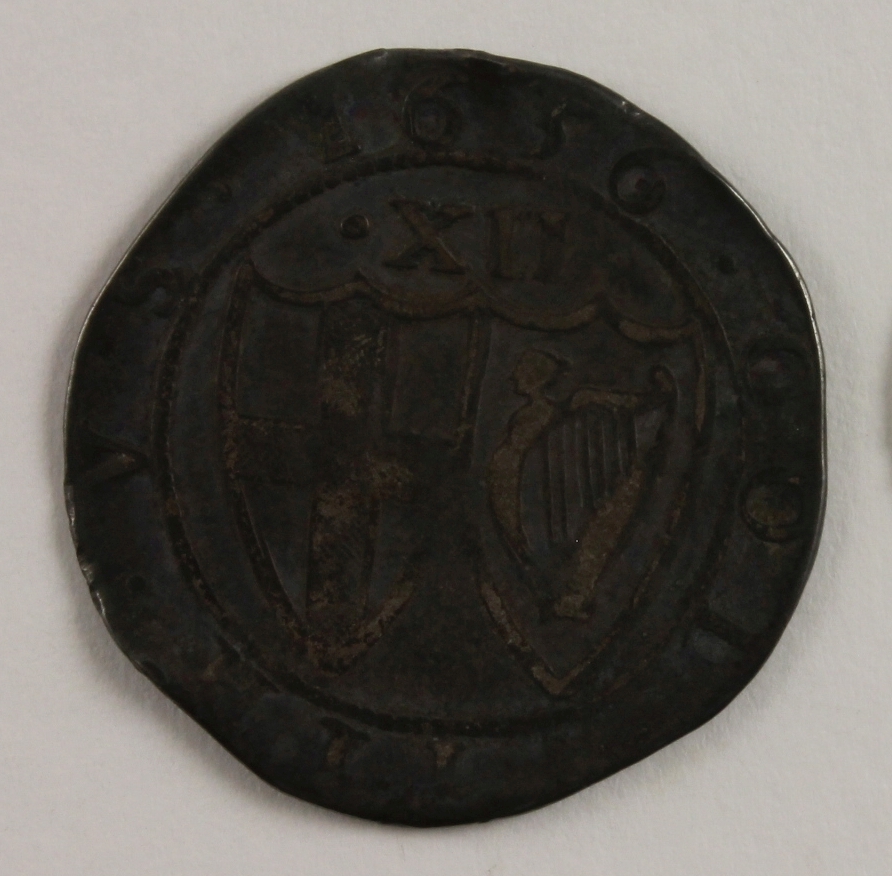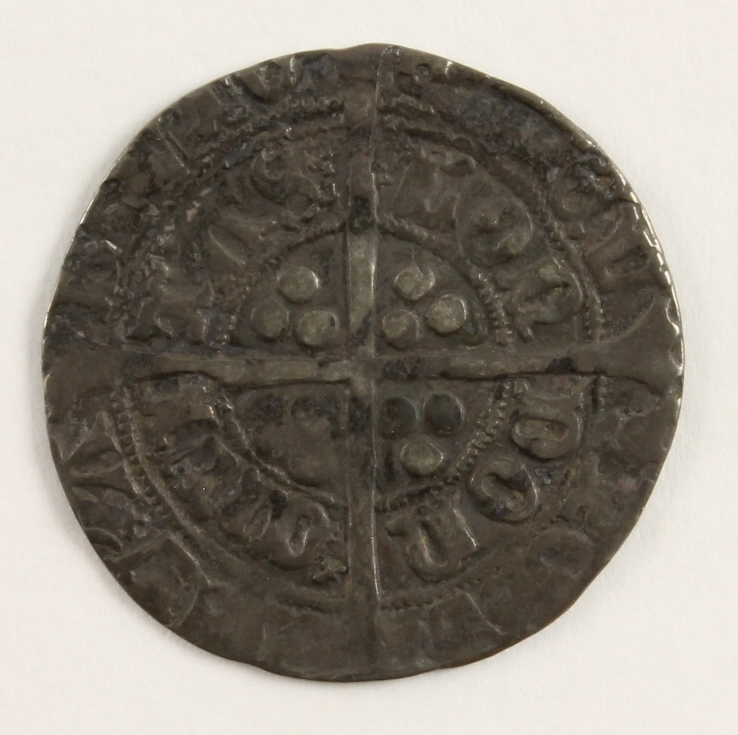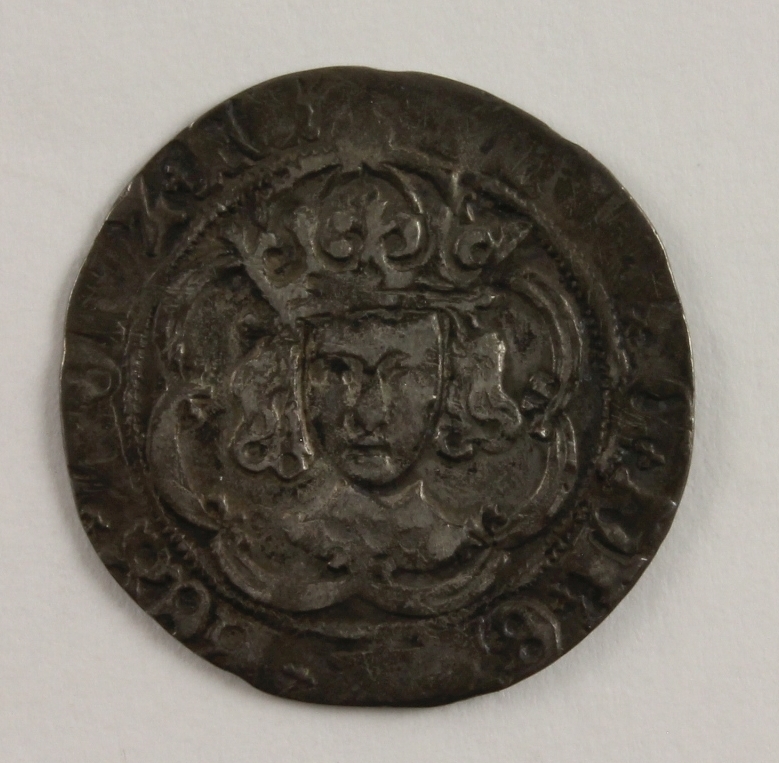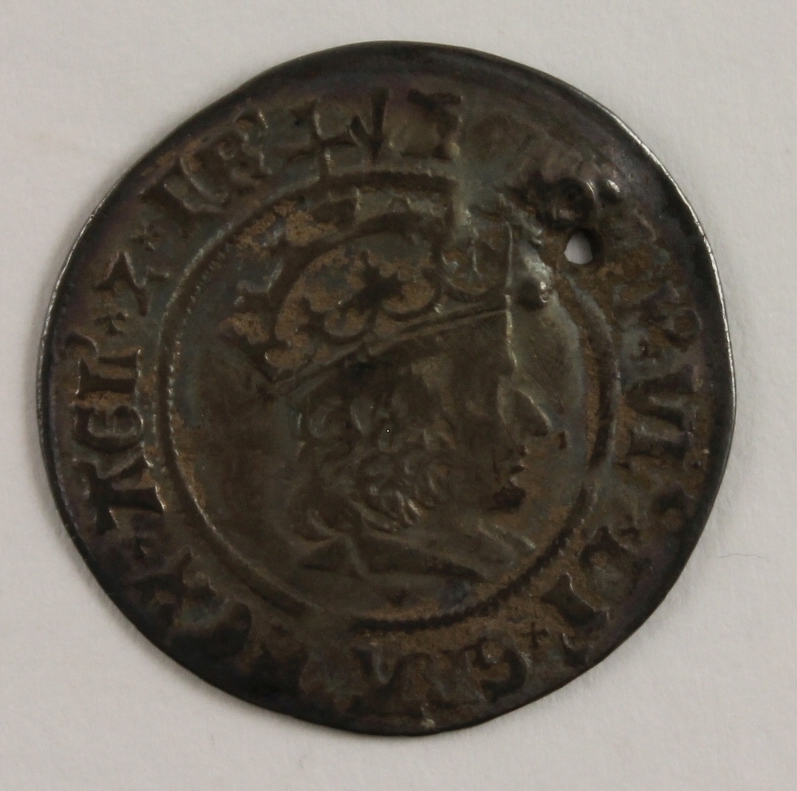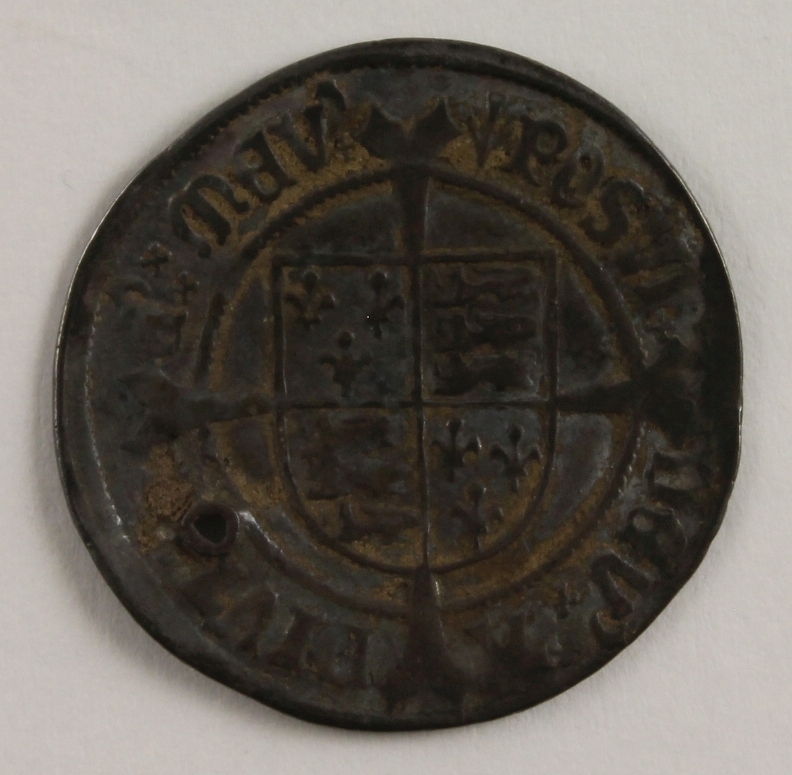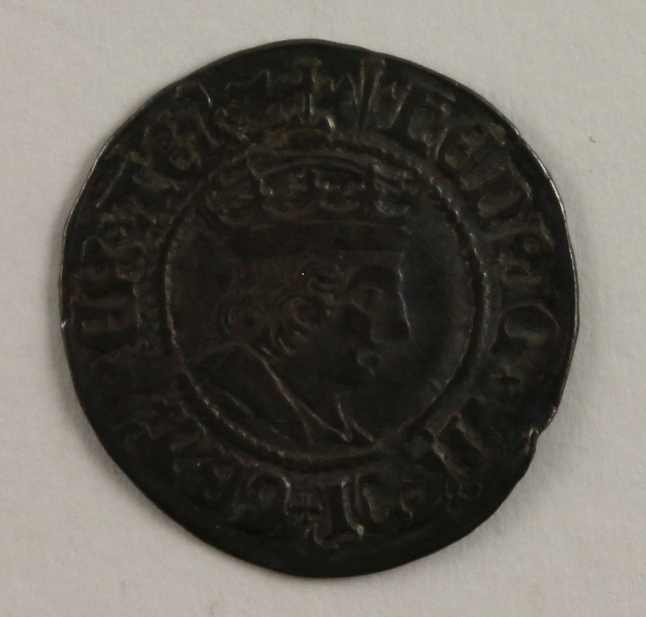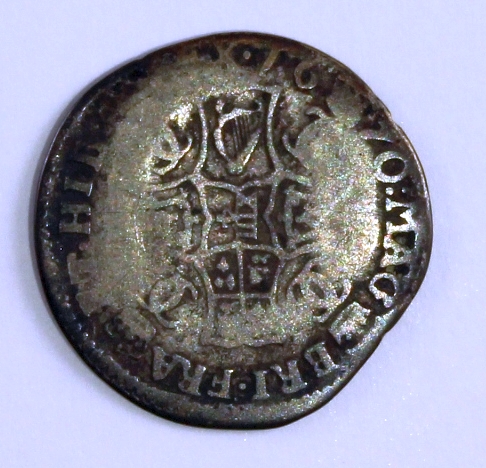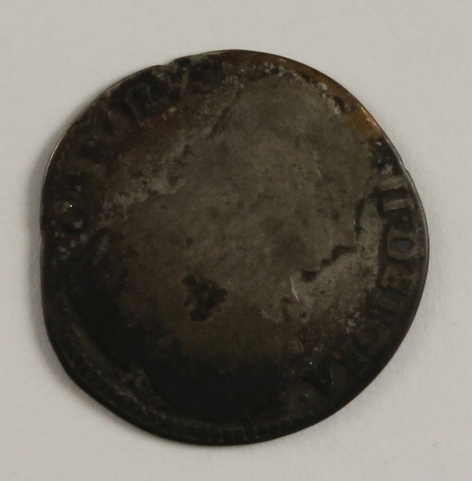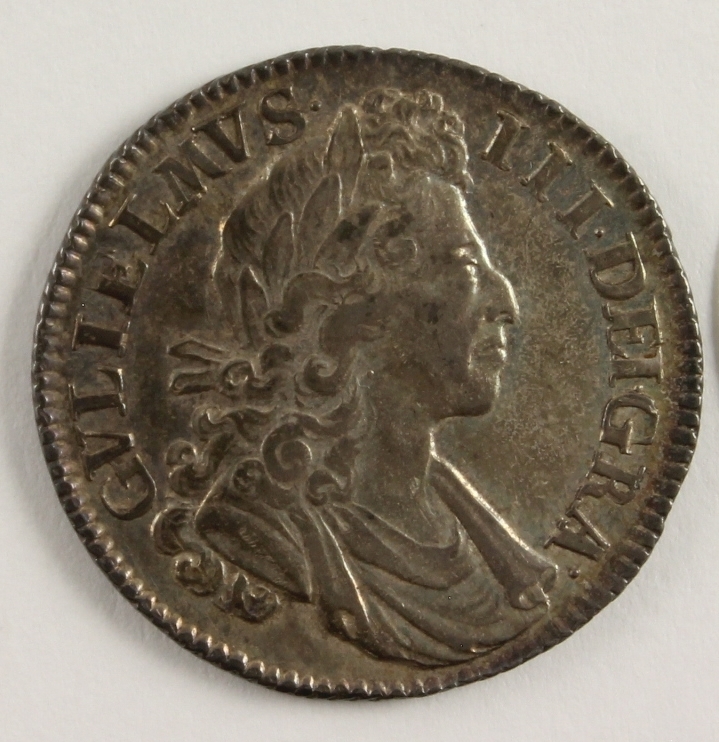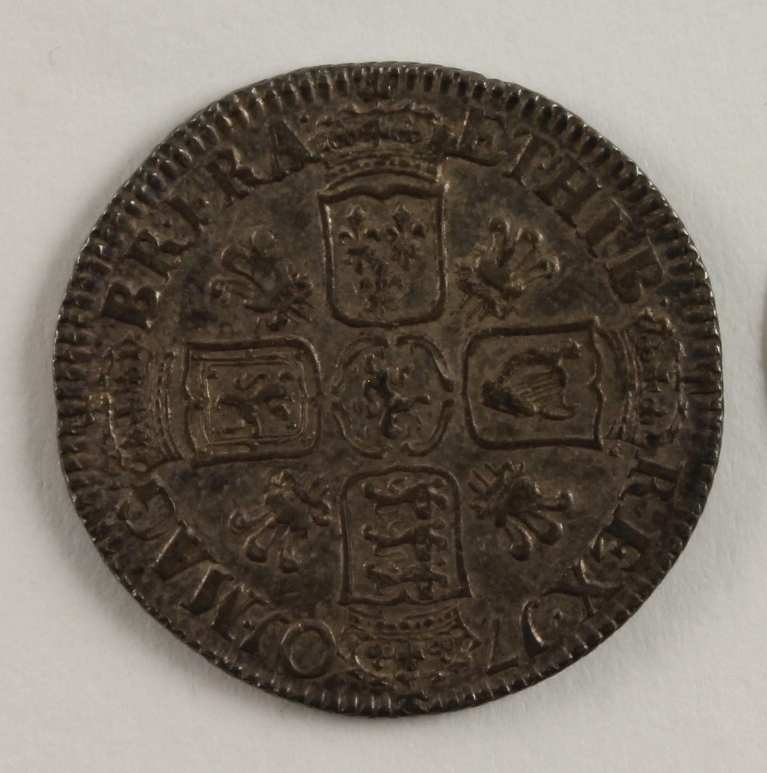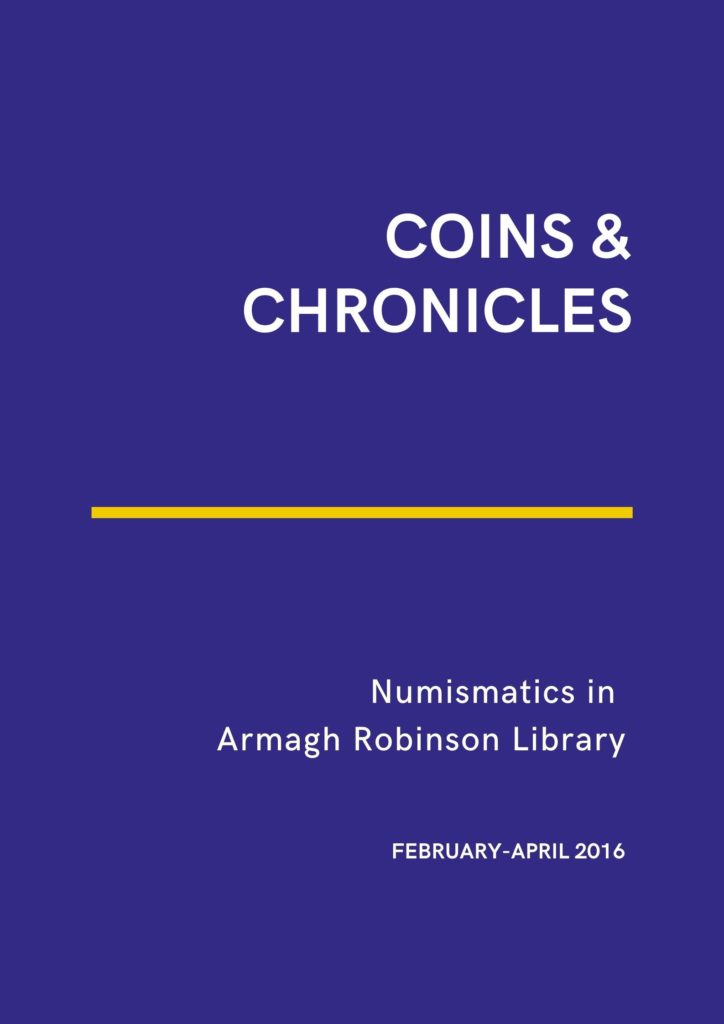
This book exhibition shows numismatic publications, as well as a selection of coins from the collection.
The Library’s founder, Archbishop Richard Robinson, had a keen interest in numismatics, the study or collection of currency. He collected a large number of coins, and many books on the subject, all of which are held in the Library.
The coin collection has Roman, as well as Scottish, English, Irish, Greek and Portuguese pieces with varying dates and denominations.
This exhibition shows examples of publications on coins, as well as a selection of coins from the collection, which are described or referred to in these books.
Greek and Roman Coins
Historia Ptolemaeorum Aegypti regum: ad fidem numismatum accommodata J. Vaillant 1701 P001457582
Jean Foy-Vaillant was a keen coin researcher. This work on the Egyptian Kingdom of the Ptolemies was the first to use coinage to illustrate this period. The kingdom was founded after the death of Alexander the Great in 323 BC and ended with the death of Cleopatra VII in 30 BC.
The coinage during this period is known for its large sizes and the use of gold and silver. The picture shown is of Cleopatra VI, not to be confused with Cleopatra VII who fought against Rome. They are thought to have been sisters.
Cleopatra VI is a mysterious figure, as there are few records of her life. According to Vaillant, she was Queen of the Egyptian Empire during the period 58 to 55 B.C.
Commentariorum In Vetera Imperatorum Romanarum Numismata Libri Primus Enea Vico 1562 P001394912
This beautifully bound Latin commentary documents older Imperial coins from the time of Caesar (100 B.C. – 44 B.C.).
Although little is known about this book or its author, the binding shows that it was highly valued. On the edges we can see traces of clasp fastenings.
Numismata Aurea Imperatorum Romanorum Jacob De Bie 1738 P000984899
This book, Numismata Aurea Imperatorum Romanorum, gives details of coins of the Roman emperors from Augustus in 31 B.C. to the end of the reign of Vespasian in 79 A.D.
The page displayed features numerous hammered coins from the reign of Emperor Vespasian.
Among the Vespasian coins is a ‘Judea Capta’. This coin was issued to celebrate the conquest of Judea by the Romans in 70 A.D. The reverse shows a female in mourning beside a palm tree, with either the Emperor or a Roman soldier standing victoriously.
Caii Svetonii Tranquilli opera quae exstant Charles Patin 1675 P001358142
Charles Patin was a medical doctor and numismatist. His interest in coins began when studying medicine in Paris. He started collecting coins and publishing books on them.
Patin became famous for escaping punishment for smuggling counterfeit and prohibited books into and out of Paris. He went into exile by his own choice around 1667, travelling across Europe before settling in Padua.
This edition of the work of Suetonius (69 – after 122 A.D.) was published after he went into exile. His contributions consisted of numismatic notes and illustrations to the texts.
On display is the page with coins from the reign of Tiberius, Roman Emperor from 14-37 A.D., alongside a Tiberian Sestertius.
APL 1/3 Tiberius, Sestertius 24.842 gr 14 A.D. to 37 A.D.
Irish Coinage
An essay towards an Historical Account of Irish Coins and of the currencies of foreign monies in Ireland. With an Appendix: containing several statues, proclamations, patents, acts of state, and letters relating to the same. Simon James 1749 P001217077
This work documents the history of coinage in Ireland in general, and gives descriptions and illustrations of specific Irish coins from around 800 to 1748. The illustrations show us the detail and artistry that went into the design of coins.
The publication is open at pages showing coins minted during the reign of Elizabeth I, James I and Charles I.
The Library holds approximately 40 coins of Irish origin. The examples below can be found in Simon James’ book.
APL 51 Elizabeth I, shilling 3rd coinage, 4.489 gr 1601-1602
APL 52 Elizabeth I, penny 3rd coinage, 1.563 gr 1601
APL 53 James I, shilling 1st coinage, 4.291 gr 1603-1604
APL 54 James I, shilling 2.659gr Date unknown
Commonwealth Coinage
Medals, Coins, Great Seals. Impressions from the Elaborate Works of Thomas Simon, Chief Engraver of the Mint to K. Charles I [...], the Lord Protector Cromwell & in the Reign of K.Charles II to MDCLXV Thomas Simon 1753 P001217093
This book lists the coins, medals and seals from the Commonwealth of England, and later of England, Scotland and Ireland, which lasted from 1648 to 1660.
The coinage represents a period in English history when England, Ireland and Scotland were ruled as a republic rather than as a monarchy. The coins no longer bore the image of the King or Queen, which were replaced by national emblems.
Commonwealth Shilling 5.441 gr 1656 APl 38
English Coinage
Tables of English Silver and Gold Coins Martin Folkes 1763 P001216976
The author of the Tables, Martin Folkes, was an English mathematician and scholar. He wrote on both classical and English coins.
The book documents the coinage from the Norman period up to the end of Queen Anne’s reign, from 1066 to 1707.
Each monarch is listed in chronological order and the history of the coinage described in great detail, including weights, measurements and pictures.
The page shows coinage from the reign of Henry VII (1485-1509).
APL 16 Henry VII, groat London, 3rd coinage, 2.771 gr 1490-1507
APL 17 Henry VII, groat 2.904 gr 1507-1509
APL 18 Henry VII, groat 2.959 gr 1507-1509
APL 19 Henry VII, half-groat 1.450 gr 1507-1509
Hammered & Milled Coins
APL89 Charles II, merk Hammered, 5.279 gr 1670
APL43 William III, shilling Milled, 5.974 gr 1701
From their first invention until the late 17th century, most coins were produced with a hammered edge. Such coins were vulnerable to ‘clipping’ where parts of the metal would be removed and reused. This decreased their economic value, especially abroad. Forgery was extensive and by 1696 it is estimated that over 10% of the currency was fake.
During William III’s reign (1695-1701) hammered coins were withdrawn and replaced with milled currency. The difference between a hammered and a milled coin is clearly visible on the two coins on display.
The Charles II coin is hammered, with irregular and thick lines and clipped edges. The William III shilling is milled. The lines of the image are much thinner and more clearly defined.

